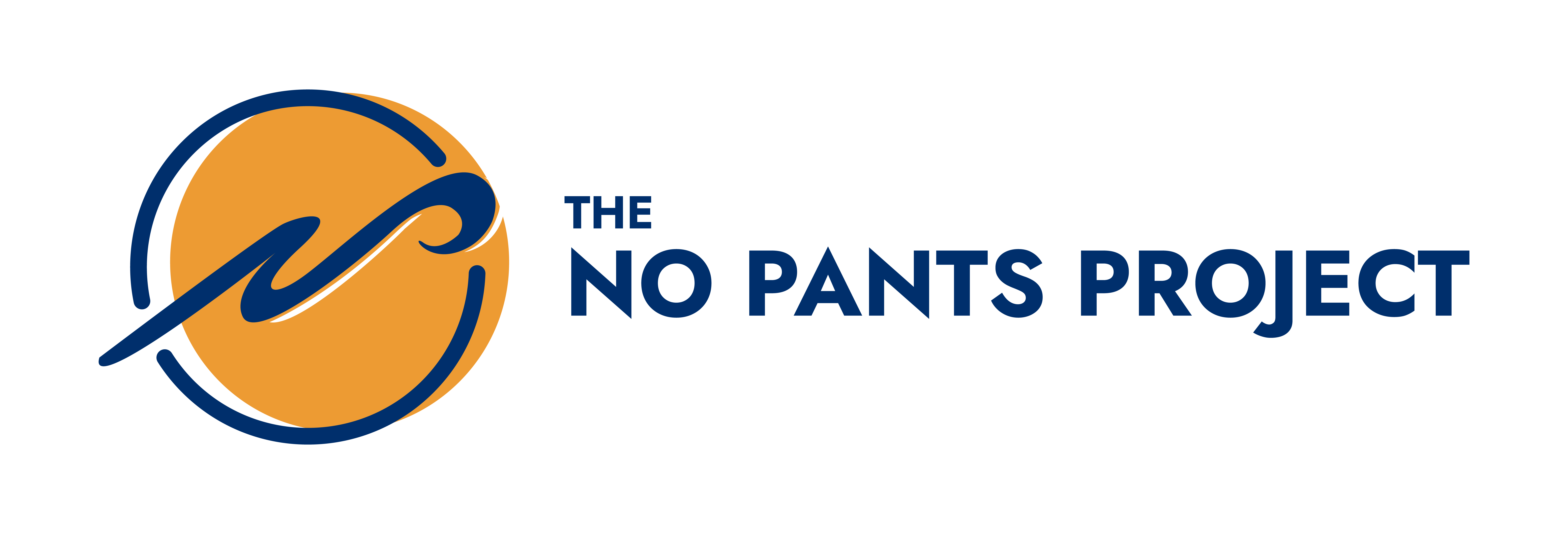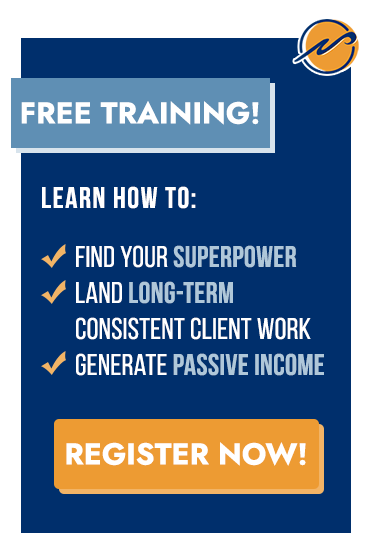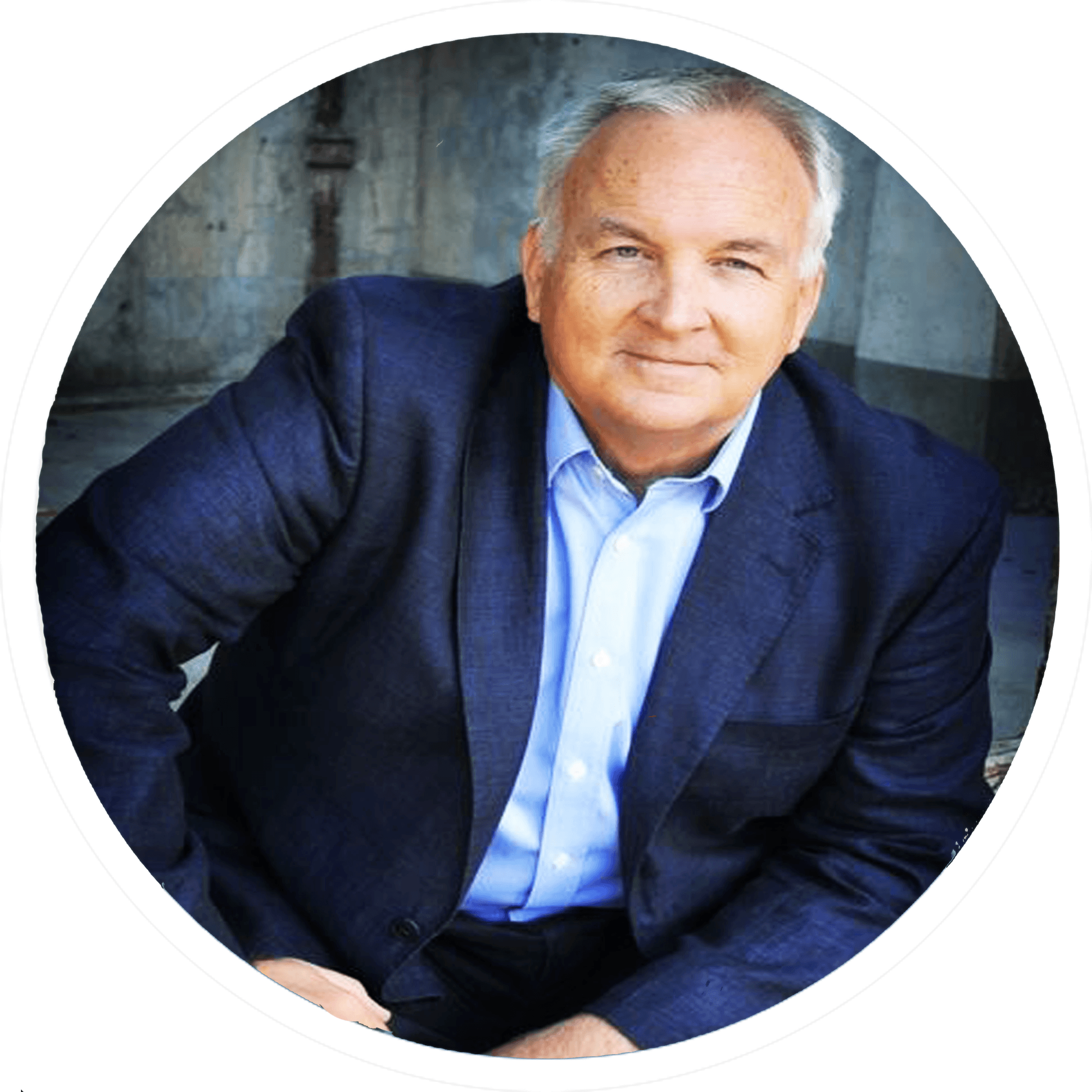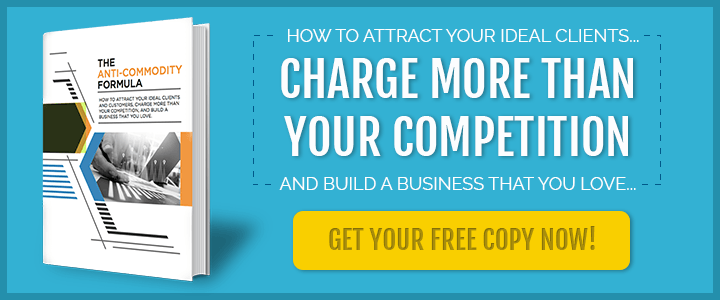SUMMARY
- Dreaming of a $100k per month business? Then you’ll have to go through these 4 stages first. Whether you do it on purpose or by accident, this is a natural progression that every business has to go through in order to grow and scale. I’ve done this a couple of times and I’ve done this for my clients regularly as well.
- Stage 1: Offer Expansion
Offer expansion is based on the idea that most people who can get to $20k a month in their business will have to tweak and improve their offer first before it can become a $100k per month offer. - What does offer expansion include?
1. A re-examination of the audience and offer match, i.e., who is buying this thing, are there other people who could also benefit from this thing, and are those audiences connected in some way? In other words, broaden your audience.
2. The price of the offer. Many people are significantly undercharging for what they do. For example, if you’re selling a service for $1,000, there’s no way you’ll be able to do it 100 times a month without burning yourself out. One solution is to add recurring income to your offer.
3. Making sure that what you’re offering is fulfillable at a higher level with less work for you. You cannot be hands-on because you’ll just exhaust yourself and people will start to talk. When you get to that level, results beget results.
- Stage 2: Automated Marketing
For 80 percent of the people that come to me, I actually recommend LinkedIn over Facebook and YouTube ads. I recommend hiring a VA and automating your LinkedIn process before going to paid traffic. This allows you to get that scale and automate conversations, which Facebook and YouTube ads typically don’t do. - Stage 3: Leveraged Income
Leveraged income is basically, what mechanism can we put into our business that offsets advertising and marketing costs so that our real cost to acquire a customer ends up being zero? And how can we make that income completely hands-off for us to fulfill? Those $27, $37, $97 funnels that you may have seen floating around are examples of leveraged income; their whole purpose is simply to offset advertising costs. - Why is leveraged income stage 3 and not stage 1? Because you need experience with the people that you’re working with at scale (which happens in stages 1 and 2) before you can start doing really well with the $27 offer.
- Stage 4: Work Yourself Out
This is my favorite thing about business. Ask yourself, “If I take a 2-week vacation right now, what happens to my business?” If the answer is anything other than, “My business continues to grow,” then what you have is a job. - When you have a business that can function independently of you, that’s when you actually have something that’s sustainable. I would say that’s the most difficult part of this process but it’s also the most rewarding. What’s interesting is that when you get to stage 4, you’ll find that by working yourself out of your business, you actually end up making significantly more than if you were to stay in it.
HOT NEWS & DEALS:
- Free Training! How I Scaled To $100k/Month+
For anyone serious about scaling their service business, this training will cover the 4 Stages To 7-Figure Growth. Perfect for the coach, consultant, or freelancer stuck in a hamster wheel business who wants to grow and scale. - 15 Ways To Double Profits During Hard Economic Times Report
Need a few tips to help you through the hard times? Download this 40+ guide and I’ll show you what I do to help businesses thrive during even down turns. - Download ‘The Anti-Commodity Formula’ Workbook!
Learn how to attract your ideal clients and customers, charge more than your competition, and build a business from a home that you love.
INSPIRATIONAL QUOTES:
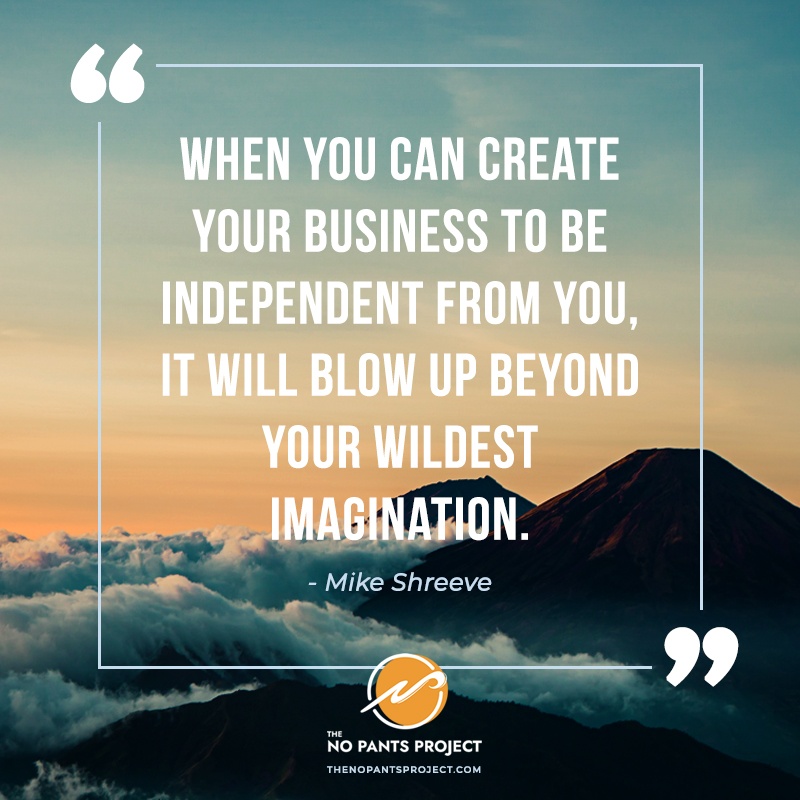
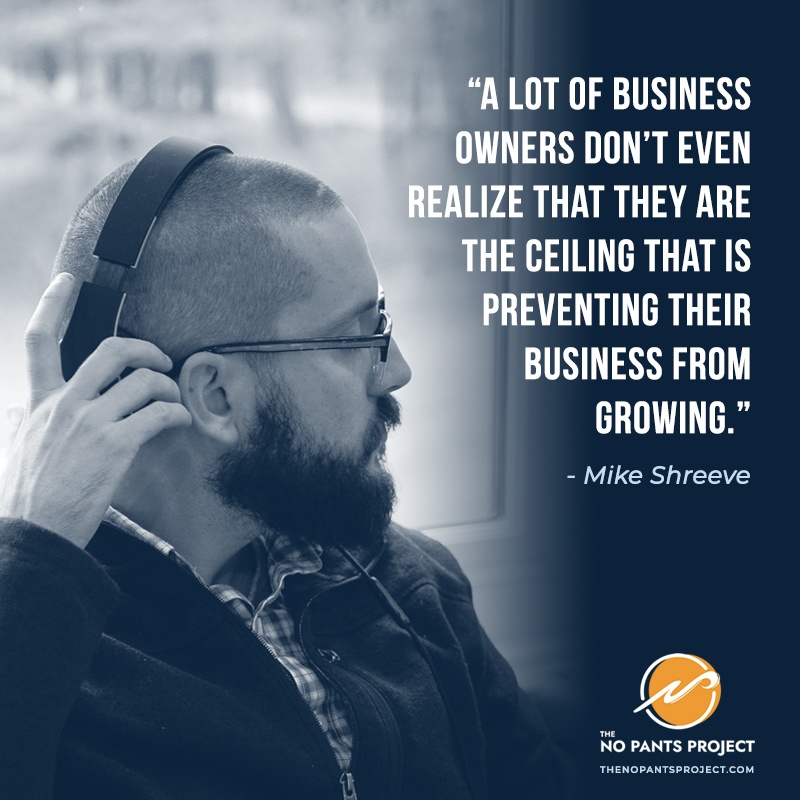
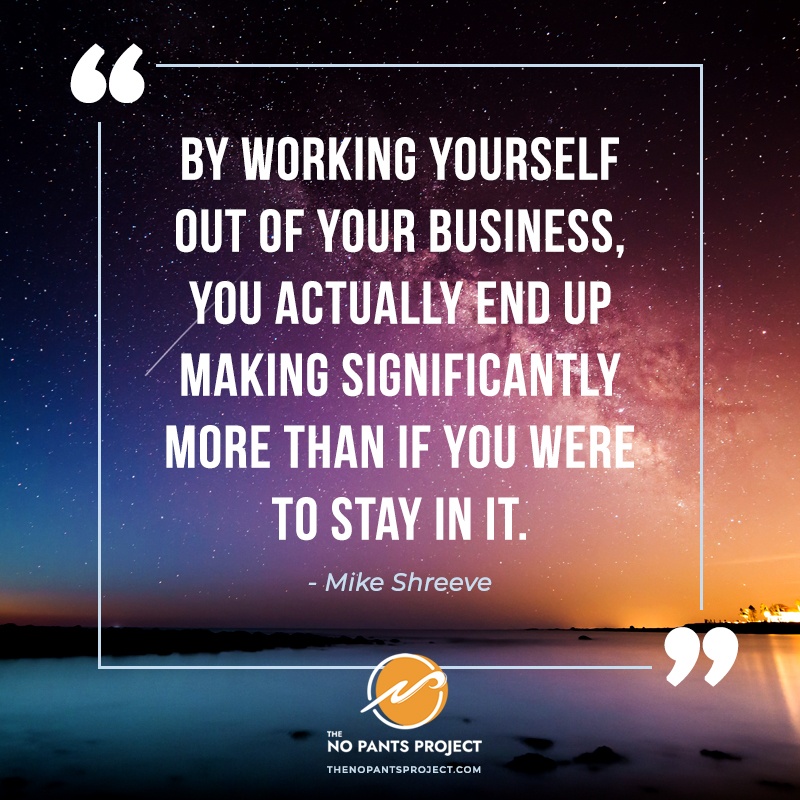
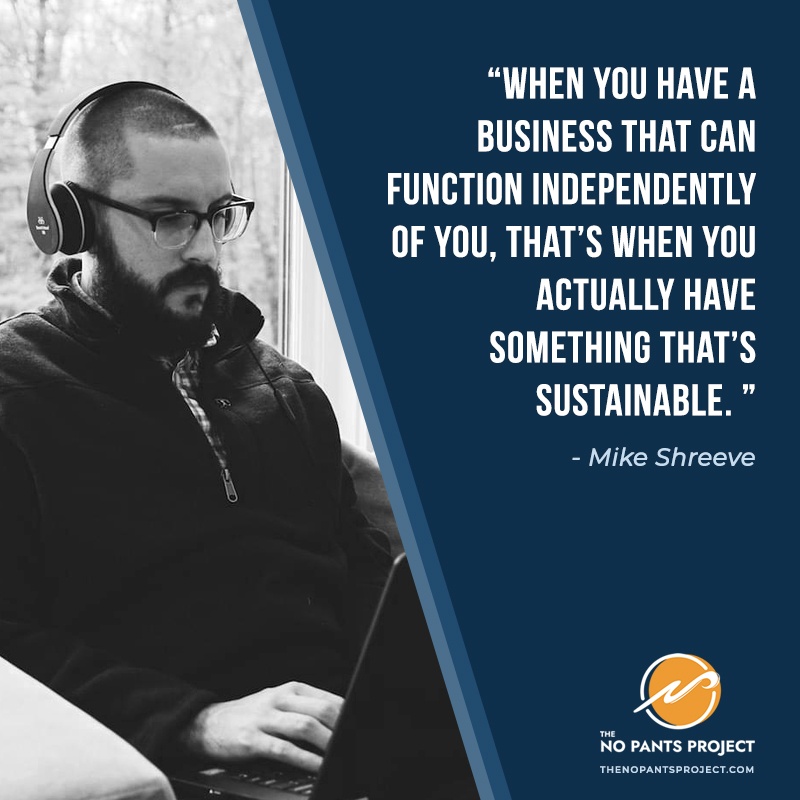
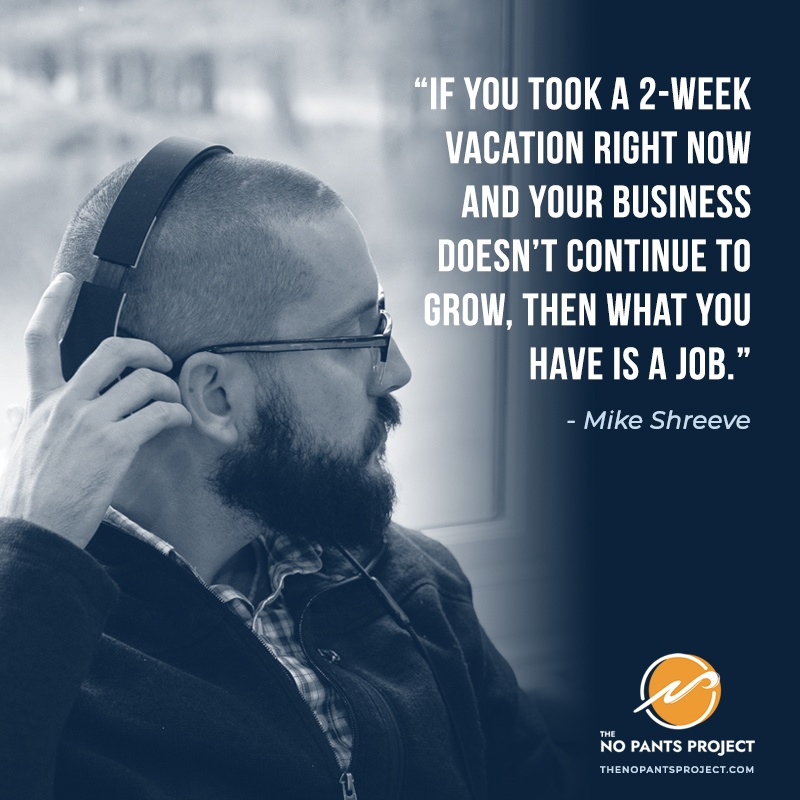
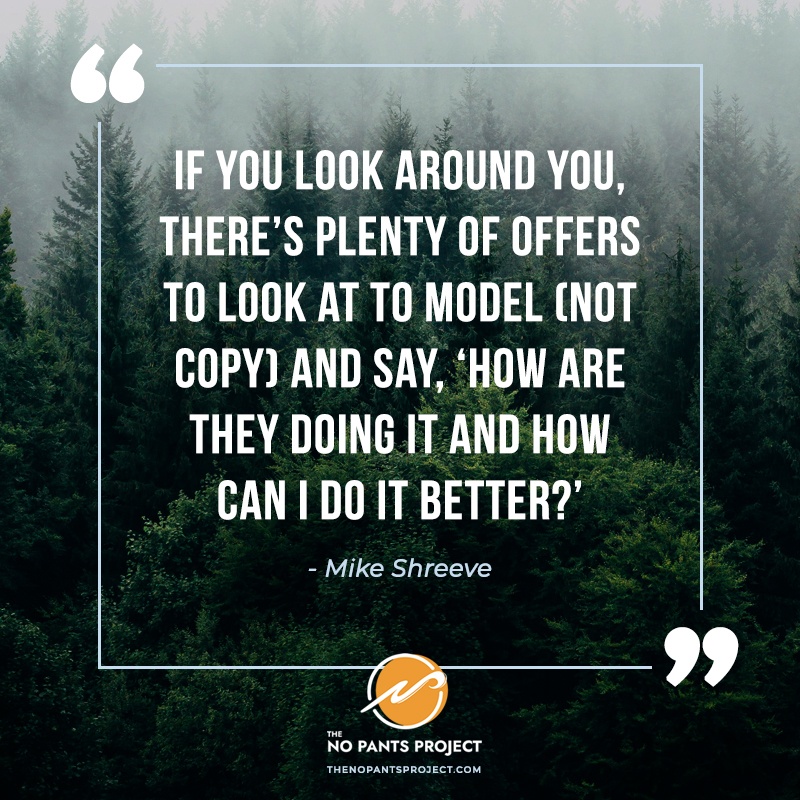
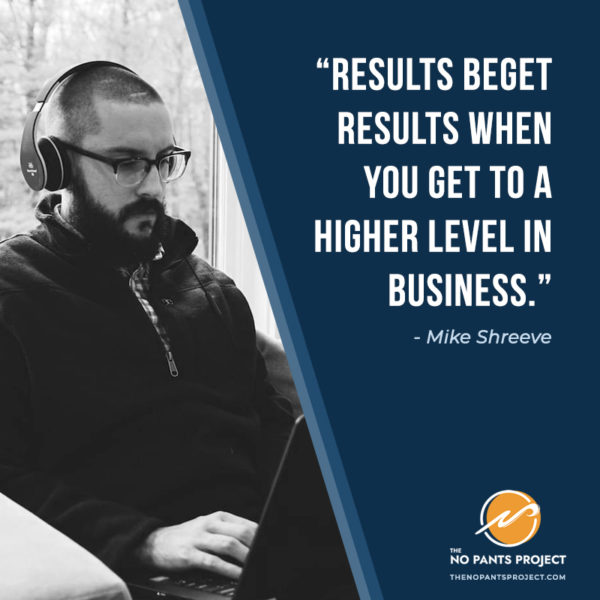
FULL TRANSCRIPT: How To Scale to $100k/Month (4 Stages of Growth)
Hello, my dear friends, hope you’re doing well. Welcome to this video. We’re going to be talking about the four stages to getting to a thousand dollars a month in your business. This is, this is a natural progression that every business has to go through. Whether you do it on purpose, you do it strategically, which means you get there faster, or you do it by accident and get there. These are the stages that you’re going to go through. So for those of you who are interested in growing and scaling, this is what you can expect. Um, I’ve done this myself a couple of times and I do this for my clients regularly. Um, and we’ve really kind of drilled it down to the core four pieces that it takes to get there. Okay. So first stage is what we call, offer expansion. Now offer expansion. It’s based off this idea that most people who I can get to, let’s say, $20,000 a month in their business, they have something, they have an offer.
That’s working, whether they’re selling it via referrals or organic or outreach or whatever it is that they’re doing, they have an office, but that offer must first be prepared and tweaked and expanded and made good enough to be a hundred thousand thousand dollars per month or 200 to $300,000 per month offer. Now, what does that include? What does offer expansion include? Well, a couple of things. One is a reexamination of the office, the audience and offer match specifically, who is buying this thing. And are there other people who could also so benefit from this thing and are those audiences correlated or connected in some way, example, uh, if you sell something to coaches, okay, you could definitely make a hundred thousand dollars a month on coaches, but could consultants also benefit from that same thing that you’re selling to coaches? If so, expand the offer to include consultants, because now what you’re doing is you’re expanding your audience.
You’re still staying narrow, right? So you’re still saying no, this can only help a specific group of people, but I’m including these other specific group of people into my office. So that I have a bigger audience to draw from, which allows me to have a more sustainable business. I can’t tell you how many times people go out. They make a lot of sales in something, and they completely, you know, run through their audience and their ad costs go up and CPMs go up and, you know, they sort of saturate their market. So the bigger the market, the better when you are looking to grow and scale. The second thing is the price of the offer. Many people are significantly undercharging for what they do. And as a result, they will never be able to hit a hundred thousand dollars a month, right? Because the mechanics of fulfilling on the offer are impossible under those thousand dollar per month revenue numbers.
So let me give you an example. If you sell something where you are doing it for someone, and the thing you sell is a thousand dollars in no version of reality, will you be able to do something for someone a hundred times a month without completely burning yourself out? Uh, under no, uh, you know, thing, adding things like recurring income to your offer. So let’s say you have a coaching offer, okay. Let’s say that your coaching offers good and it’s $2,000 and you’re happy with $2,000. You don’t want to increase your like, Oh, you know, I could do 50 coaching clients a month. Okay, that’s fine. But without transferring those $2,000 per month, people into a recurring fee after 90 days, or without transitioning them into something larger, what you’ll end up doing is making the number one cash flow mistake that most people make when they’re trying to scale, which is to assume that how much it costs you to get 10 people to buy something for $2,000 is how much it will cost you to get a hundred people to give you $2,000.
Right? So for example, let’s say that your normal cost to acquire a $2,000 client is $200. Well, when you scale that to 50, to a hundred of those per month, it’s not going to cost you $200 per 2000. And that’s where a lot of people get stuck in scaling is they haven’t expanded their offer to match the new demands of cashflow that come with scale. And so they can’t scale. It’s impossible. It’s mathematically impossible for them. Uh, the last piece of course, in offer expansion is, you know, it’s all about the mechanics that we are talking about, but making sure that what you’re offering is fulfillable at a higher level with less work from you. Okay? So here’s what I mean. If you want to get to a hundred thousand dollars a month and you want to sustain that, whatever that income or revenue, whatever it is, and you, you cannot have something that doesn’t serve the people who buy it at scale at a high level, if one, your hands on, because you’ll just exhaust yourself.
Things will slip through the cracks is no good. And too, at that level of expansion into the market, people will start to talk and you need to be able to maintain a solid reputation. And you need to be able to deliver lots of results because when you get to that level results, beget results, right? So if somebody buys a coaching program, somebody buys a service from you. Somebody buys something from you. You get to a sort of a point at which any paid traffic that you’re spending money on is now starting to be a matched in revenue generation, by people just telling their friends, uh, the success stories that you’re constantly able to generate and share and et cetera, et cetera. So you need to in offer expansion, there’s a lot of work to do. You’ve got to figure out how to make your offer so that it fulfills better.
You’ve got to figure out how to make it. So you’re less involved. You gotta figure out if the pricing works, you got to figure out if it was a big enough audience, et cetera. So that’s stage one that I think is what takes people the longest to figure out which it doesn’t have to. I mean, if you look around you, there’s plenty of offers to look at, to model, not copy, but to model and say, how are they doing it? How can I do it better? All right. So that’s stage one stage two now is where we get into automated marketing.
Now, for most people, you can talk about Facebook ads. You can talk about YouTube ads. You can talk about a lot of things, but I would say for 80% of the people that come to me, I actually recommend LinkedIn. I recommend hiring a virtual assistant, automating what it is you do on LinkedIn and then going to pay traffic because you need to, there’s a couple of things that you need to figure out in stage two stage two, you need to figure out is what is the message that I can send to people broadly? And who are these people and what are they responding to? And how much is it costing me at scale to get them into my business? What hiring a virtual assistant and going to LinkedIn does is it allows you to get that scale, but it allows you to also do something which Facebook ads and YouTube ads typically don’t do, which is to automate conversations.
Okay. So a lot of people go from, I have a business where it’s completely referral based. And when I make a sale, it’s because I’ve had us, you know, a back and forth email conversation. And I had, uh, you know, two separate phone calls. And then they try to, you know, as untrained webinar, creators, or as untrained Facebook ads, people, they then try to like compress that whole sale cycle that they used to do into a 45 minute webinar. And they wonder why it doesn’t work. What, getting a virtual assistant, going to someplace like LinkedIn does is one. We know everybody on LinkedIn is there to do business to is it’s a much more organic approach, meaning it reflects more of this process over here where we used to, you know, there used to be more intimacy in the sale. Uh, and it allows us to sort of take one step over rather than the complete jump of here’s what we were doing.
Now, we’re going to try this a completely different thing in which we’re not trained in at all. Um, and then with the virtual assistant obviously allows you to step back and start to measure numbers, which is, again, one of the things that very few people practice before they get into spending on ads and YouTube and things like that is looking at metrics, making decisions based off of metrics, not based off of feeling, et cetera. So I recommend most people there, their first automated marketing should be on LinkedIn and it should be hiring somebody, creating SLPs, going through creating the templates and all that kind of stuff experiencing at, in a much more forgiving environment than trying to go straight to Facebook ads. Okay. Next stage three. This is where we start to talk about our
Leveraged income.
Now I’ve got other videos floating around here where we really dive deep into leveraged income, but what leveraged income is basically what mechanism can we put into our business that offsets advertising and marketing costs. So
Watch that are
Our real cost to acquire a client or a customer actually ends up being zero. And how can we make that income completely hands off for us to fulfill? Let me give you the short version. Have you guys seen the $27 $37 $97 funnels that are floating around? That’s a version of leveraged income. They’re called SLR. Tripwires whenever you want to call them. The whole purpose of that thing that someone has created is simply to offset advertising costs. If you want to really scale and I’m talking exceed a hundred thousand dollars a month, stage three, leverage income is really where you begin to experience, uh, the, the scale friendly math. If you can take your cost to acquire a customer to zero, because you’re offsetting it with Facebook ads or sorry, uh, with leveraged income through Facebook ads or through YouTube or through whatever that will change your game forever.
Now you’ll notice it stage three. It’s not stage one. Why is it stage three? Because in stage one and stage two, we’ve gotten to know the people that we’re working with our business is scaling. Like we’re hitting 70, 80, $90,000 a month just in stage one, stage two. Uh, and you need that experience with the people that you’re working with at scale. So to an audience before you can really start going out there and doing really, really well with a $27 offer. Typically when we work with our clients to do one of these leveraged income funnels and SLO trip wire or whatever you want to call it, uh, we actually don’t just break. Even. We typically make a profit on this leverage income and offset all of our ad costs. Now, the only way that we’re able to do that is by going through stage one and stage two first, and having that intimacy with exactly who it is that we want to attract into the business. We have to know what the messaging is, what do they respond to, et cetera? Now, stage four is, and this is actually stage four is probably my favorite thing about business. And it’s simply to work yourself out.
Okay. Uh, essentially if you take a two week vacation and this is a really good litmus test, ask yourself. If I take a two week vacation right now, what happens to my business? And I, and I don’t mean take your computer with you and work on your business. I mean, you completely shut off your team. Can’t talk to you, your clients, can’t talk to you. Nobody can talk to you for two weeks. What will happen to your business? Now, let me ask you this. What will happen if you took six weeks off from your business in that same way, nobody can talk to you. Nobody. You’re not checking anything. You take your computer, you toss it in the Lake and you just go to the woods for six weeks. What happens to your business? If the answer is anything other than my business continues to grow, then what you have is job.
So stage is taking everything in stage one, two and three, and it’s creating an actual business. There’s a lot of people floating around the interwebs these days with their little to comment on because two comma club award, or whatever plaques that are up there. And they don’t even realize that they don’t have a business, they have a job. Okay. A stage four. It’s all about working yourself out of it, of the business so that it can function independently of you. All right? And that’s when you actually have something that’s sustainable. That’s I would say the most difficult part of this process. It’s also, in my opinion, has the highest reward. I would rather get paid less too, never work again than to get paid a lot to work 90 hours a week. Okay. Uh, that’s my personal approach to things, but what’s really interesting is that when you get to stage four, what you’ll find is that by working yourself out of your business, you actually end up making significantly more than if you were to stay in it and sort of essentially be the stop gap in your company.
Be a lot of business owners don’t even realize they are the ceiling that is preventing their business from growing. When you can create it to be independent from you, it’s, it’ll, it’ll blow up beyond your wildest imagination. So, um, that sounded like a Willy Wonka promise there, but it’s true. I mean, I’ve done it in multiple businesses on my own help clients with it. Uh, they’re always surprised. I’m always surprised I’ve even been doing this at when the business becomes its own living thing, how big it can get. And I don’t mean big and like, you know, 90 employees or anything, but how much impact, how much, um, opportunities can be created without you necessarily having to be a part of it. So that’s in my friends really quick video for you this week on how to get to a hundred thousand dollars a month, if you would like to talk to my team, or if you’d like to see an extended version of this training, where we spend about an hour or going through all of this stuff on how to grow $200,000 a month or seven figures a month, or whatever your goals are, is how to grow, scale your business.
Uh, there should be a button somewhere or a link somewhere on this video, go ahead and click that you can watch the training. You can also have a chat with our team and they’ll take a look at where you are in your business and they’ll see whether or not you’re ready for this, what stage you’re at in your business. And then we’ll see if there’s anything we can do to help you. All right. My dear friends, that’s it for this video. I will hope to see you on the next one. Have a good one.
